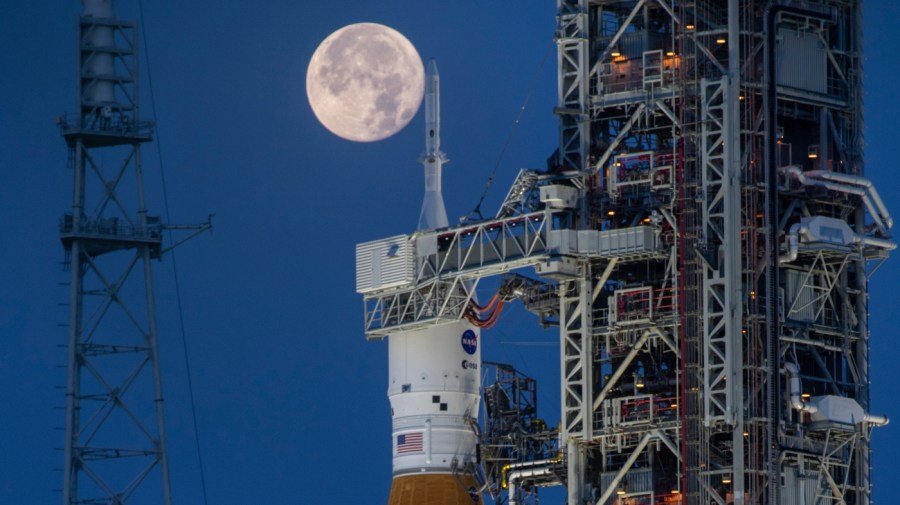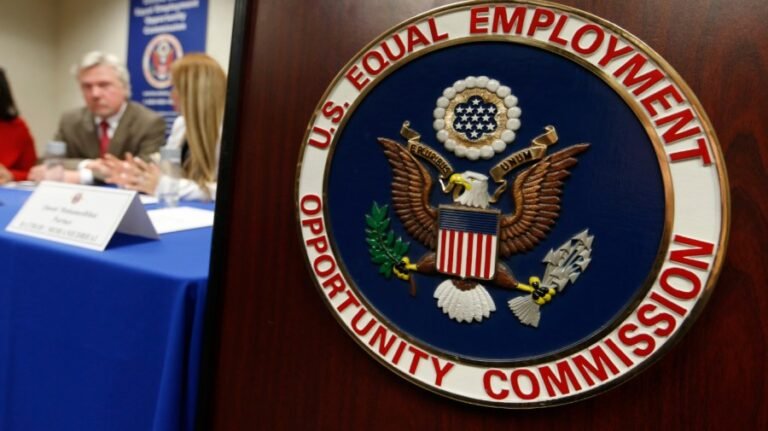
The 11th test of the Starship was so perfect that SpaceX made flying the enormous rocket look easy. The company seems to be getting a handle on the largest launch system ever built.
Nevertheless, the path ahead for SpaceX to develop a Starship that can get human beings on the lunar surface is daunting. The main problem is the necessity to refuel the spacecraft in low Earth orbit before sending it to lunar orbit to dock with the Orion capsule before making the final descent.
A recent piece by CNN notes that the plan is to deploy a refueling station into Earth orbit, fill it up, and then send the Human Landing System Starship to top off. The big question is how many refueling flights will be needed.
The article gives a range of 10 to 40 refueling flights. The need to refuel adds an overwhelming aspect of complexity that could lose NASA the race against the Chinese to the moon.
SpaceX’s Gwynne Shotwell has pushed back at concerns about the Starship, maintaining that it will be ready to take people to the lunar surface by the time of the planned Artemis III mission in 2027. Shotwell, unlike her boss, Elon Musk, is not known for over-optimism where schedules are involved. She is being backed up by acting NASA Administrator Sean Duffy.
Ars Technica, while reporting that SpaceX officials are quietly suggesting 2028 is doable, is also reporting that Blue Origin is working on an alternative that might get Americans back to the moon before the Chinese.
Blue Origin is already developing a lunar lander called Blue Moon Mark 2 that could be operational by 2030 or so. The company is also building a smaller, cargo version of Blue Moon designated as Mark 1 that will first fly to the lunar surface by early 2026. A second Blue Moon Mark 1 will take the VIPER lunar rover to the moon by 2027.
Blue Origin is now attempting to develop a crewed version of Blue Moon Mark 1 that could fly earlier. The idea would involve multiple landers to land people on the moon and then take them off again. No refueling would be required.
In the meantime, CNBC has reported that Jared Isaacman’s name has surfaced. It seems that the billionaire space traveler and President Trump are deep in conversations on space policy, presumably with a view of reviving Isaacman’s nomination as NASA administrator.
Trump nominated Isaacman to be NASA administrator shortly before he was sworn in for his second term as president, Isaacman received nearly universal acclaim from the commercial space sector, astronauts and even former NASA Administrator Jim Bridenstine.
However, after Isaacman was confirmed by the Senate Commerce Committee and shortly before he was to be confirmed by the full Senate, Trump withdrew his nomination. Trump was shocked, shocked that Isaacman had ties to Musk, with whom he was feuding at the time, and had given contributions to Democrats.
Trump made the decision on the advice of Sergio Gor, his then-director of the White House Presidential Personnel Office and a man known to detest Musk.
Gor is now on his way to New Delhi to become American ambassador to India. Despite having assigned Secretary of Transportation Sean Duffy to be interim NASA administrator, Trump is in desperate need of a permanent head of the space agency.
Duffy, who is due to leave his NASA job soon, has also interviewed Isaacman (among others) with a view to having the billionaire private space traveler replace him.
Isaacman has the experience of running an entrepreneurial company that would be useful for managing an organization like NASA that is as known for its top-heavy bureaucracy as it is for its magnificent achievements. He has the ability to think outside the box to find solutions to problems that may not have occurred to most people.
Isaacman is just the person needed to get the Artemis program back on track and, hopefully, stop the Chinese from stealing a march and getting back to the moon first. While, as I mentioned before, that might not matter in the long run, such an event would be a tremendous loss of face and prestige, not only for the U.S., but for Trump as well.
Trump is not a man who likes to lose.
Mark R. Whittington, who writes frequently about space policy, has published a political study of space exploration entitled “Why is It So Hard to Go Back to the Moon?“ as well as “The Moon, Mars and Beyond“ and, most recently, “Why is America Going Back to the Moon?” He blogs at Curmudgeons Corner.






